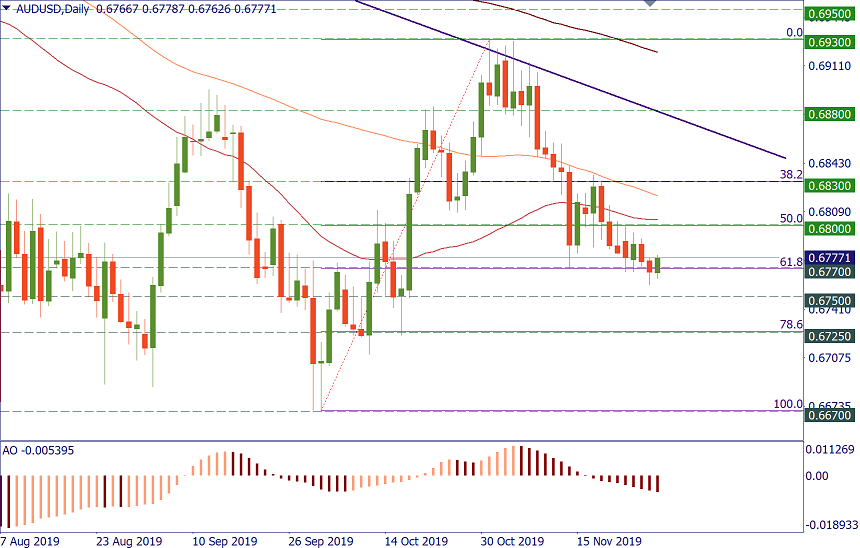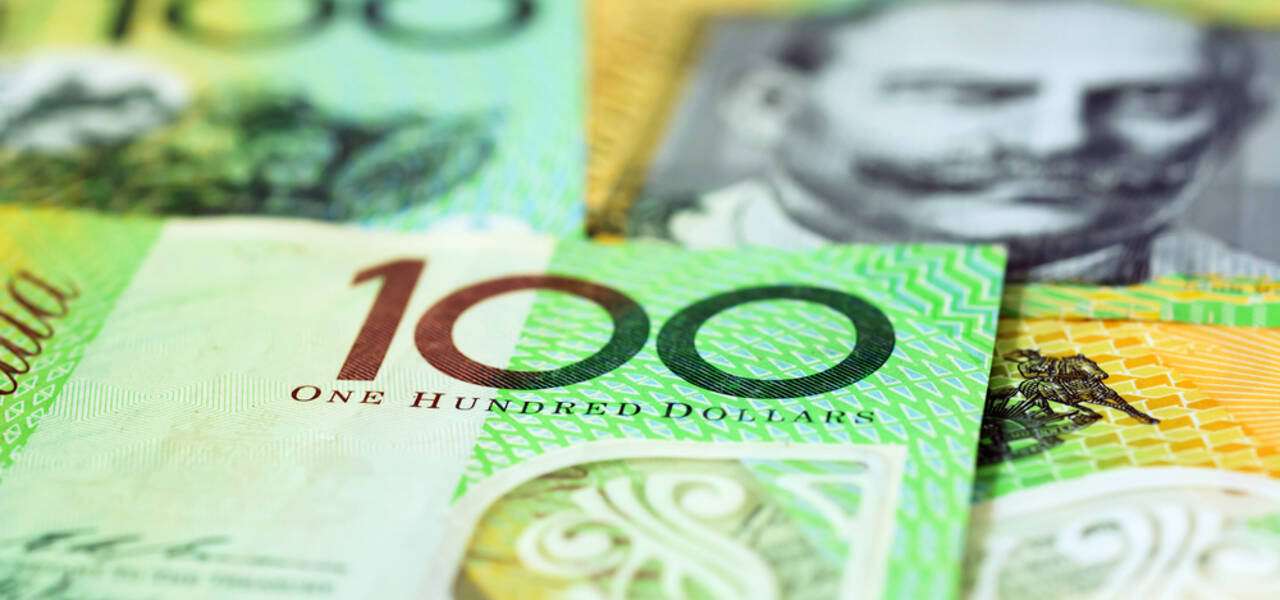AUD/USD has been sliding lower and lower since the beginning of November, although it’s still a great deal away from October lows. Market sentiment has been more or less stable: there was plenty of news about the trade talks between the United States and China, but nothing really decisive has arrived. The Aussie’s fellow commodity currency, the NZD, has been doing much better in trading versus the greenback, and it’s natural that AUD/NZD has plummeted this month.
From the observations described above, we can make one evident conclusion: the AUD is under negative pressure primarily because of Australia’s domestic problems. Indeed, the seasonally adjusted private capital expenditure fell by 0.2% in the Q3 after declining by 0.6% in the June quarter. Inflation remains below the target, manufacturing and services PMIs point at industry contraction. Moreover, Australian employment suffered its sharpest fall in 3 years in October, while the unemployment rate rose to 5.3%.
The Reserve Bank of Australia will meet on Tuesday, December 3. According to the forecasts, the RBA will leave the cash rate at the record low level of 0.75%. Still, economists are talking about the need for urgent stimulus to revive economic activity and wages. The market has priced in an 11% chance of a cut in interest rates to 0.5%. As a result, the wording of the central bank’s statement will be quite important. Governor Philip Lowe underlined that negative interest rates and quantitative easings were not likely anytime soon but suggested that the RBA would implement QE when the cash rate hit 0.25%. Many analysts haven't considered such a big decline in the benchmark interest rate, so they lowered forecasts for the AUD. All in all, if the central bank’s statement contains worries about the national economy, traders will price in rate cuts next year and this will hurt the AUD. If not, the impact on the AUD will be closer to neutral.
Apart from the monetary policy decision, Australia will release a bunch of economic figures in the upcoming days. Here are the key indicators to pay attention to:
- Building approvals (Dec. 2) - the previous reading was good, but the performance of the indicator is usually uneven.
- GDP growth q/q (Dec. 4) - Australian economy has probably expanded, but the figures will hardly be very impressive.
- Retail sales (Dec. 5) - the nation’s consumer sector is experiencing problems, so brace yourself for some sour figures.
- Trade balance (Dec. 5) - exports have been doing good, so this piece of data should cheer traders up a bit.
On balance, the forecasts imply a cautious approach to the AUD. Still, if there are big positive surprises, the AUD may jump up.
Finally, traders will keep monitoring the US-China story. For now, the key question is whether the Hong Kong Human Rights and Democracy Act signed by Donald Trump this week ruins the upcoming phase 1 trade deal or not.

AUD/USD formed a lower high and slipped below the daily MAs. Support lies at 0.6750 and 0.6725 ahead of 0.6670 (multi-year low). Resistance is at 0.6830, 0.6880 and 0.6930.














